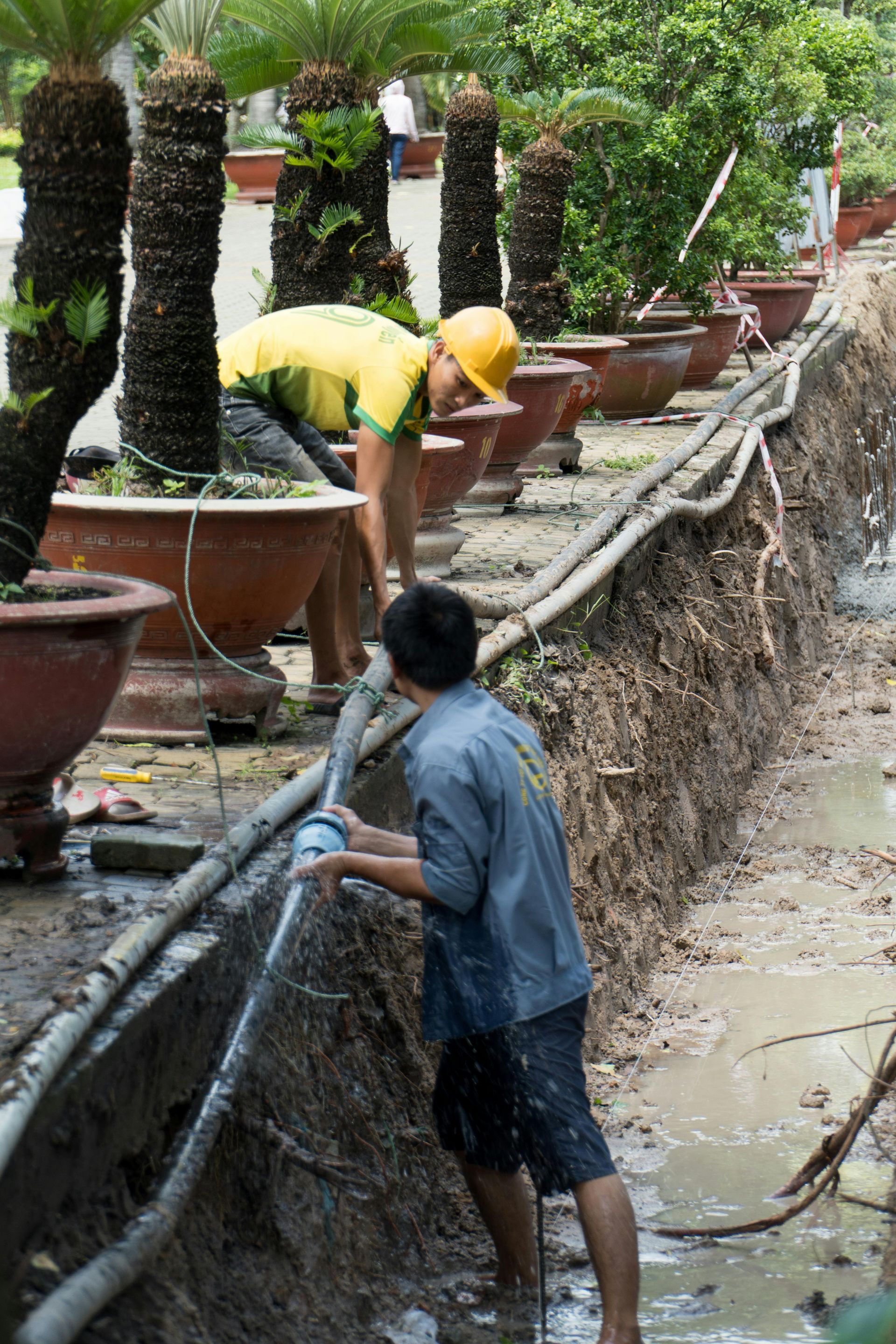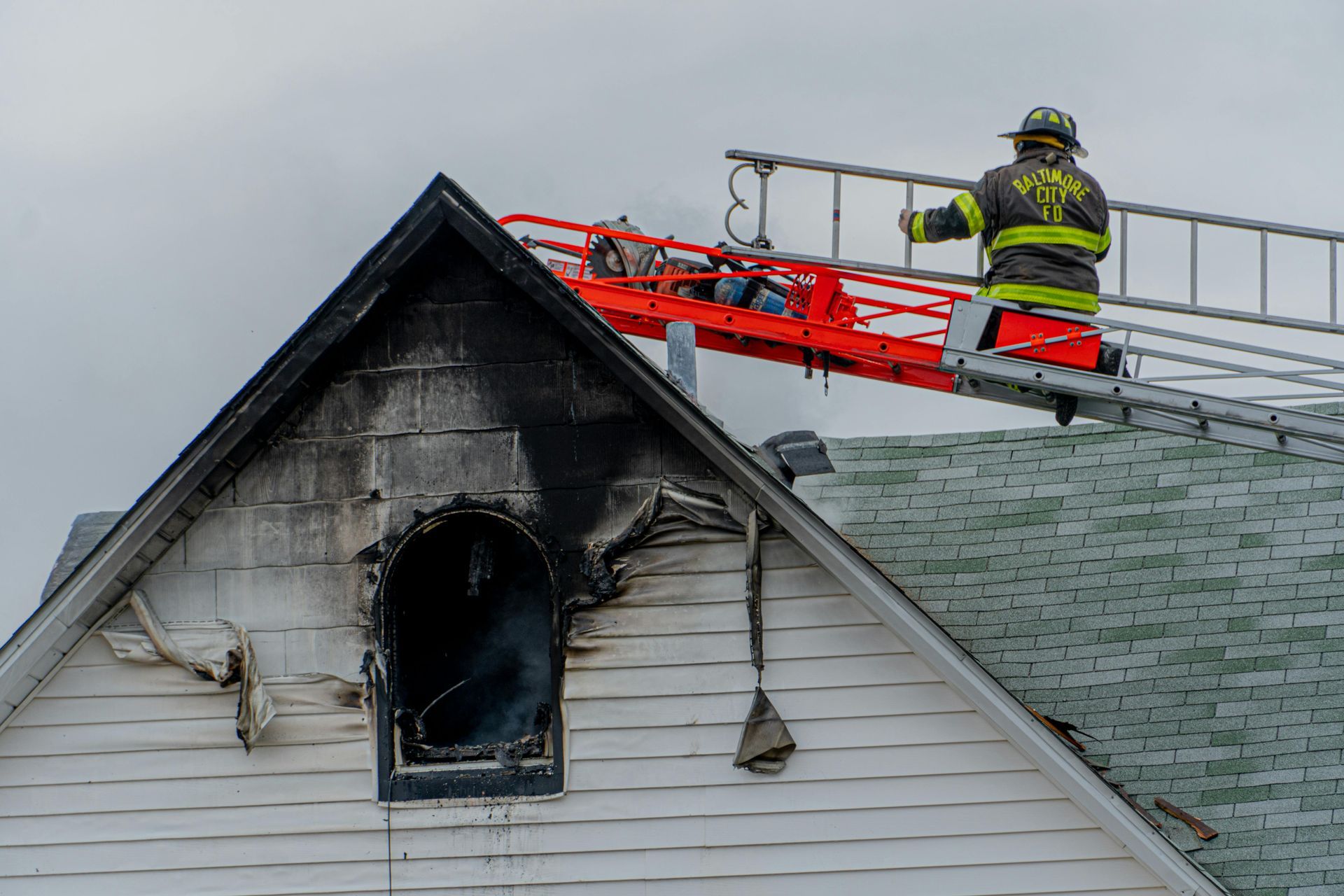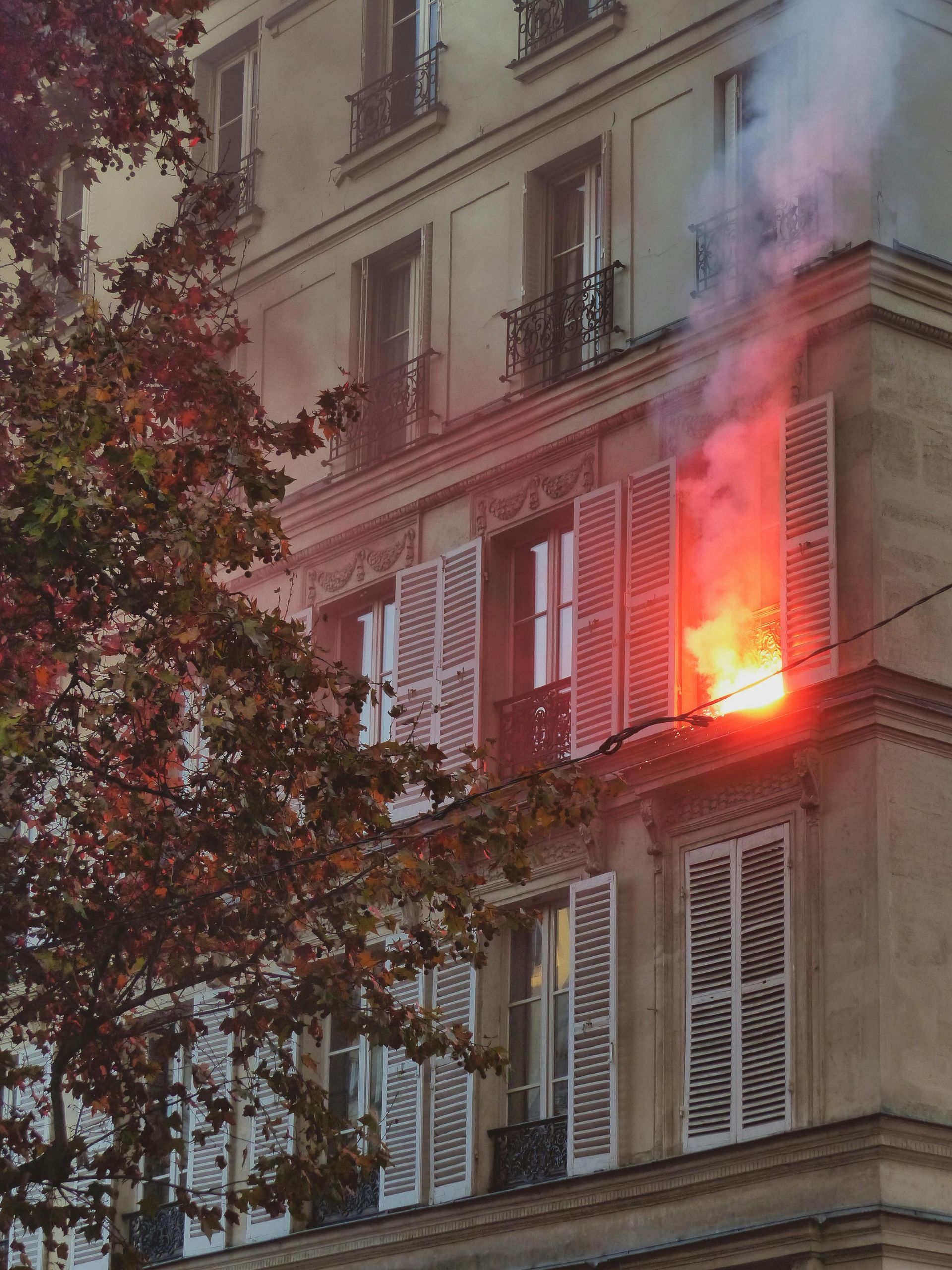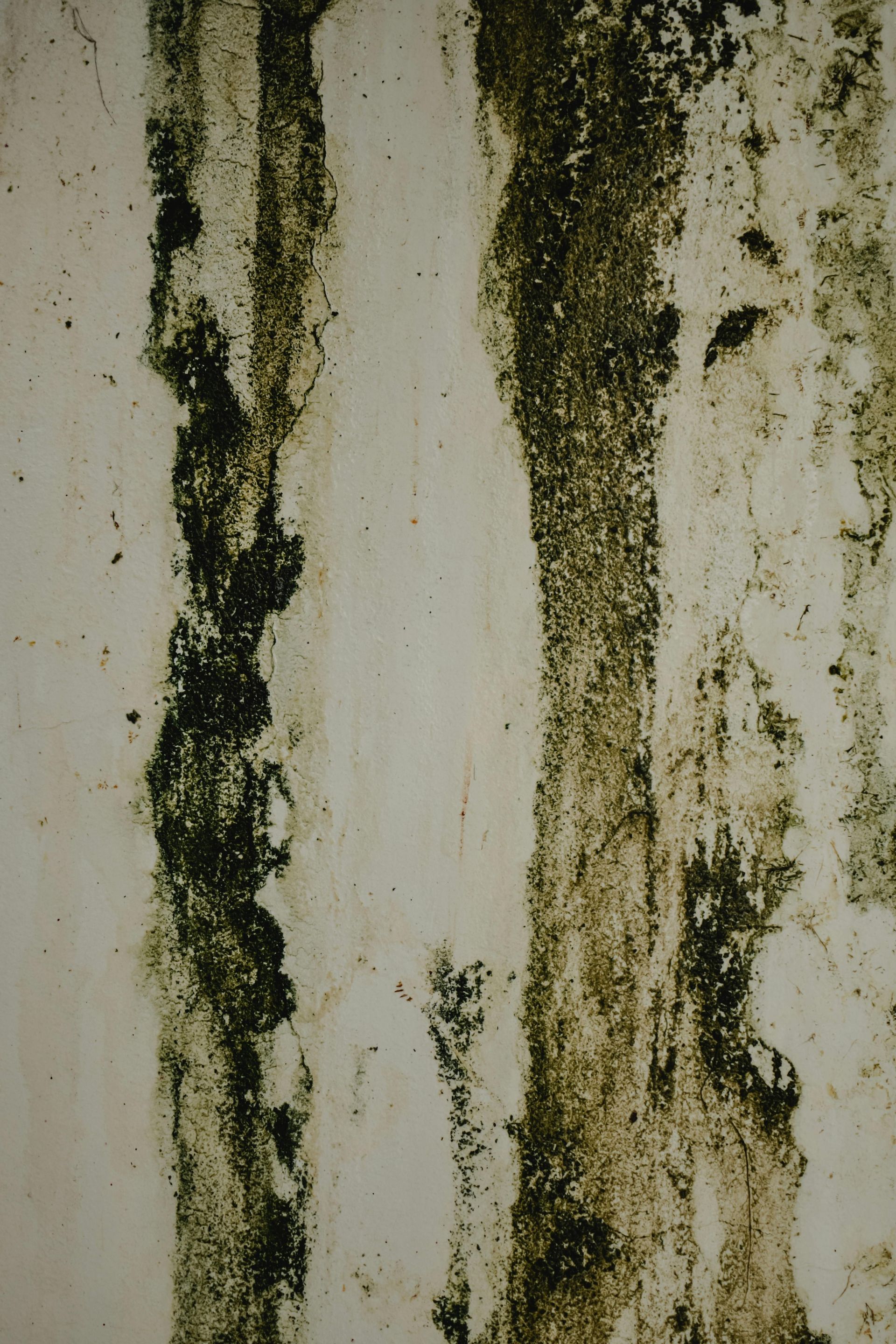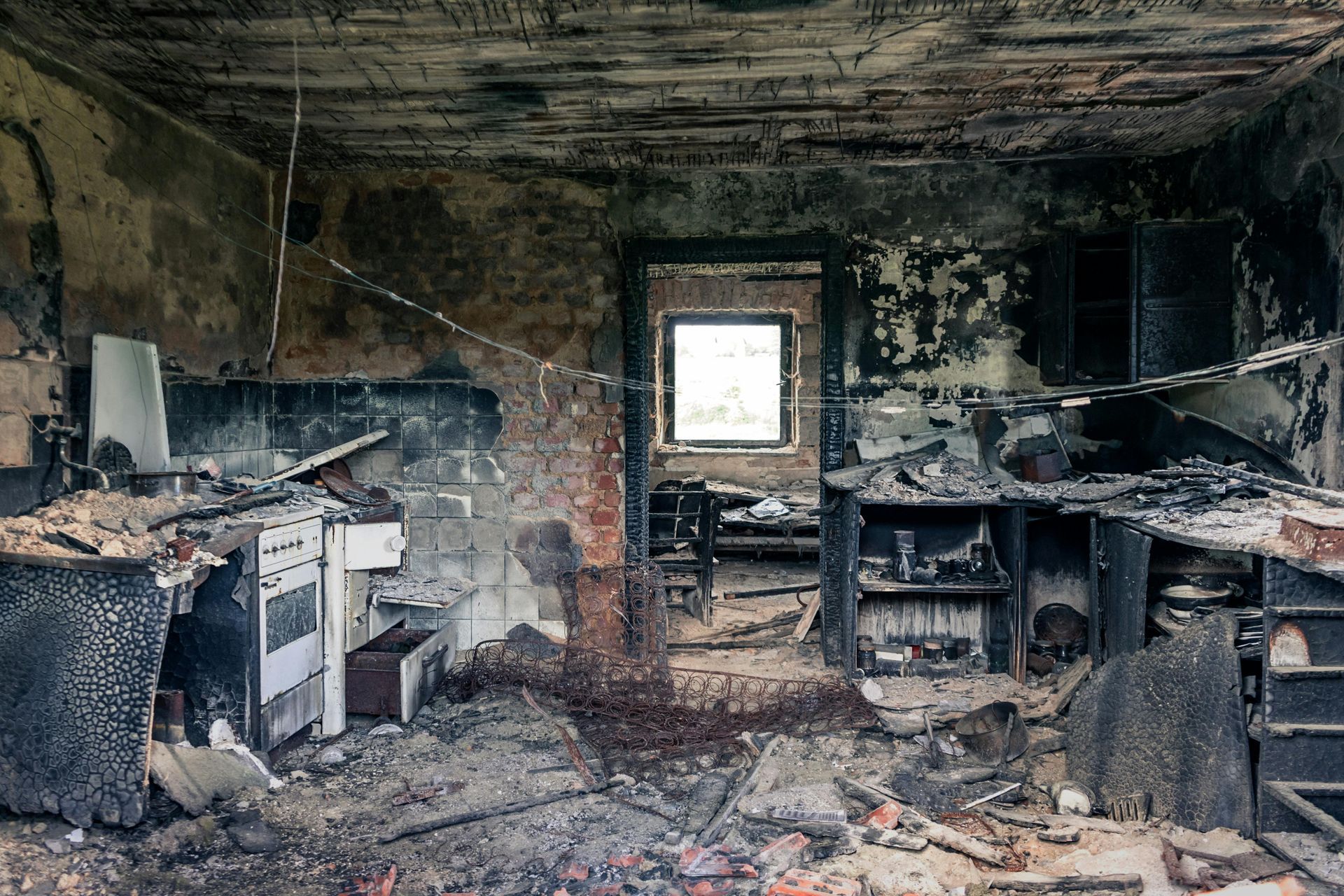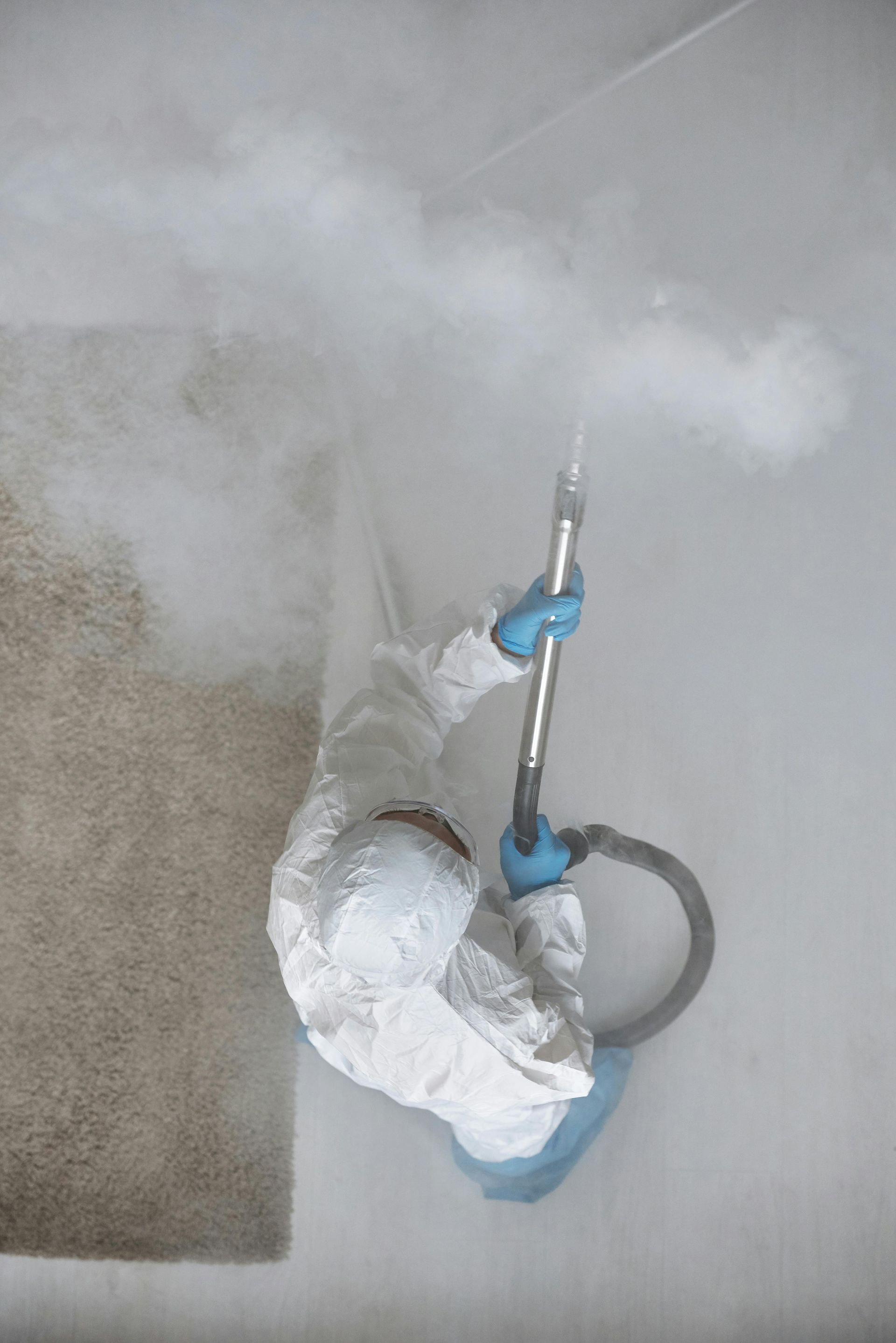How to Prevent Fire Damage in Your Commercial Building
How to Prevent Fire Damage in Your Commercial Building
Fire incidents in commercial settings not only threaten human safety but can also lead to significant financial losses and operational downtime. The National Fire Protection Association (NFPA) reports that fire departments in the United States respond to an average of 3,340 fires in office properties each year, resulting in millions of dollars in direct property damage. Against this backdrop, the imperative for robust fire prevention strategies is clear. This article aims to equip business owners with essential knowledge on mitigating fire risks, outlining best practices for fire safety and emergency preparedness that can safeguard your establishment from the irreversible consequences of fire disasters. We will delve into preventative measures, state-of-the-art detection systems, and the importance of regular safety audits to foster a culture of fire safety in your commercial environment.
Understanding the Risks: Why Commercial Fires Happen
Commercial properties face diverse fire risks that demand thorough understanding and mitigation strategies. Electrical malfunctions are among the leading culprits, where faulty wiring or overloaded power systems ignite, leading to significant commercial fire damage restoration needs. Heating equipment, particularly in colder climates, poses another hazard, as inadequately maintained boilers or furnaces can become ignition points. Business fires frequently stem from human error as well, such as careless smoking in undesignated areas.
The nature of a business is intrinsically linked to its fire risk profile. Restaurants with bustling kitchens, for instance, encounter different challenges compared to office buildings, where cooking equipment is less prevalent, but electrical devices abound. It is not just the potential for a fire that varies; the consequences, like commercial property fire damage, can also differ, often requiring specialized restoration efforts.
A comprehensive risk assessment is vital for every commercial entity, enabling proprietors to identify and mitigate potential fire hazards unique to their operations. Through a risk assessment, businesses can implement preemptive measures to avert disasters and minimize the need for extensive commercial fire damage restoration. This not only safeguards the establishment but also ensures the continuity of business operations post-incident, reinforcing the establishment's resilience against business fires.
Essential Strategies for Preventing Fire Damage in Commercial Properties
Emphasizing fire safety measures is paramount in mitigating potential disasters within commercial spaces. Proactive fire damage prevention, including regular inspections of fire suppression systems and adherence to the latest fire safety codes, provides a fundamental shield against the outbreak and spread of fire. Equally important is the education and training of employees on fire safety protocols, which ensures a prompt and informed response in the event of an emergency. Prevention is not merely a reactive stance post-incident; it forms the bedrock of a comprehensive, forward-thinking strategy designed to protect assets, preserve human life, and guarantee operational continuity. Here are some useful strategies for preventing fire damage in commercial properties.
1. Conduct Regular Fire Risk Assessments
Identifying potential fire hazards through thorough risk assessments is a cornerstone of fire prevention. Qualified professionals should perform these evaluations regularly, at least annually, or as updated regulations and changes in the workspace occur. During assessments, specialists meticulously catalog and evaluate fire risks, from electrical systems to flammable materials, creating a roadmap for remedial action and enhanced safety protocols. This practice not only prevents potential fires but also fortifies the integrity of commercial assets against fire-related incidents.
2. Install and Maintain Fire Detection Systems
Early fire detection is vital for mitigating damage and allowing swift evacuation. Modern detection systems include photoelectric and ionization smoke detectors, heat detectors, and advanced aspirating smoke detection technologies that can identify even the slightest presence of smoke. For effective installation, these systems should be strategically placed in adherence to the manufacturer's specifications and local building codes. Regular maintenance, conducted by certified professionals, ensures reliability, with periodic testing and sensor cleaning being integral to ongoing functionality. These practices are essential for the safety and preservation of commercial properties.
3. Ensure Electrical Safety
Electrical hazards, such as overloaded circuits, frayed wires, and outdated panel boxes, are pivotal fire risks in commercial domains. Adherence to a schedule of routine electrical inspections and maintenance by licensed electricians can preempt malfunctions. Employing surge protectors, ensuring proper load distribution, and replacing outdated equipment are proactive steps in reducing the likelihood of electrical fires, thus maintaining the integrity and continuity of your business operations.
4. Implement Fire Suppression Solutions
Amidst an array of fire suppression solutions, sprinkler systems, and portable extinguishers stand as critical defenses against the eruption and escalation of fires. Sprinkler systems, activated by high temperatures, douse fires swiftly and extensively, whilst extinguishers offer targeted intervention. Accessibility to these devices, along with knowledgeable operation, is paramount. Regular audits ensure these systems remain operational, embodying a proactive stance towards minimizing the risk and extent of fire damage.
5. Safe Storage of Flammable Materials
Flammable materials in commercial settings include solvents, paints, gases, and oils. Such substances should be meticulously stored in fire-rated cabinets with clear, compliant labeling to indicate hazard levels. Secure containment, such as sealed containers for liquids and gases, is non-negotiable to prevent vapor release and limit fire risks. Comprehensive training in proper material handling and the segregation of incompatible chemicals fortify workplace safety and mitigate fire hazards.
6. Conduct Regular Fire Safety Training
Employee training is the linchpin of any robust fire prevention strategy, ensuring staff can identify risks and react competently during emergencies. Effective programs encompass practical drills, apt usage of firefighting equipment, and evacuation procedures, with sessions held biannually to instill procedural memory. Tailored content reinforcing current OSHA mandates further empowers employees, nurturing a workplace culture steeped in safety awareness and preventive action.
7. Maintain Clear Escape Routes and Evacuation Plans
Maintaining unobstructed escape routes is critical in ensuring swift evacuation during a fire incident. A detailed evacuation plan, conspicuously posted and communicated to all employees, is a pillar of workplace safety. Regular fire drills are indispensable, simulating realistic scenarios for staff to practice efficient exit strategies, reinforcing the muscle memory necessary for an effective response in a real emergency, and identifying potential bottlenecks in the escape process.
8. Utilize Fire-Resistant Materials and Fire Doors
Incorporating fire-resistant materials during construction is not only astute but obligatory to ensure structural resilience against flames. Fire doors play a pivotal role in this defensive array, designed to retard fire spread and maintain compartmentalization. It is imperative that such installations adhere strictly to building codes and the stipulated fire resistance ratings. Regular inspections and certifications by accredited professionals are essential to certify these barriers function optimally, bolstering a property's defense against the rapid propagation of fire.
9. Enforce Strict Smoking Policies
Smoking in commercial areas poses significant fire risks through the careless disposal of cigarettes and related smoking materials. Enforcing stringent no-smoking policies within and immediately surrounding the premises, coupled with clearly marked, isolated, designated smoking areas, mitigates these dangers. It is crucial to provide safe receptacles for extinguishing and discarding smoking materials, thereby ensuring correct disposal and further decreasing the probability of accidental fires. Prioritizing these measures is essential in sustaining a secure, fire-averse business environment.
10. Stay Compliant with Fire Safety Regulations
Compliance with local fire safety regulations is not only a legal imperative but a moral one, ensuring the well-being of occupants and the longevity of the facility. Regular inspections serve as a vigilant lookout for potential hazards, preemptively addressing risks that could escalate into larger incidents. Organizations can stay informed on compliance matters through resources like the National Fire Protection Association (NFPA), which publishes up-to-date codes and educational material to enhance fire safety awareness.
How to Respond to a Fire Emergency
In the event of a fire emergency within a commercial space, the primacy of human safety is paramount. Immediate steps include activating the nearest fire alarm to alert all occupants and calling 911 to dispatch local fire services. Remain composed—panic can exacerbate an already perilous situation. Employees must be familiar with evacuation protocols to ensure an orderly exit, guided by clearly marked escape routes free from obstructions. Regular drills contribute to this composure, engraining the steps necessary to vacate the premises swiftly and safely.
Coordinating with fire departments and emergency services is an integral part of emergency response. Provide these responders with access to your site's blueprints and any hazardous material information that could impact firefighting strategy. It is crucial to have a designated point of contact to liaise with first responders—providing them with real-time updates, including the last-known locations of employees and any pertinent security information. Clear communication lines with emergency services are vital in managing the event effectively and mitigating the extent of fire damage. After evacuation, perform a roll call at the assembly point to ensure no one is unaccounted for and relay this information to the fire authorities to aid their rescue efforts.
Post-Fire Recovery Strategies
Following a fire event, immediate attention to the aftermath is essential. Navigating through the fire's repercussions should commence with a comprehensive evaluation of the damages for insurance purposes. Accurate documentation of the affected areas and items is imperative for filing insurance claims. Hence, it is advisable to have robust insurance coverage in place, one that encompasses a range of eventualities, including structure and content damage, loss of use, or business interruption. Insurance plays a pivotal role in the recovery phase, offering financial backing to facilitate the restoration process.
When the time comes to select a fire restoration company, vigilance and deliberation are crucial. Prioritize a firm with proven proficiency in fire damage restoration—seek out specialists who are certified through respected industry bodies, such as the Institute of Inspection, Cleaning and Restoration Certification (IICRC). These firms will have the necessary expertise and advanced equipment to handle the intricacies of smoke, soot, and water damage. Evaluate their track record for responsiveness and comprehensive service, ensuring they are well-versed in the latest restoration techniques to restore your property to pre-fire conditions. Ensure that their protocol includes a thorough cleaning, repair, and, if necessary, reconstruction of the damaged property using fire-resistant materials to aid in future fire prevention.
Safeguard and Restore: A Comprehensive Approach to Fire Safety
At USA Restoration Pro's, we understand the complexities and emotional toll of post-fire recovery. With industry-leading techniques and a commitment to excellence, our certified professionals work diligently to restore not just your property but your peace of mind. Specializing in soot removal, structural repair, and content restoration, we're equipped to return your space to its pre-loss condition. Don't navigate the aftermath alone—trust USA Restoration Pro's to lead your recovery efforts. Contact us for a thorough consultation, and let our expertise guide you through this critical time. Your safety and satisfaction are our paramount concerns.

